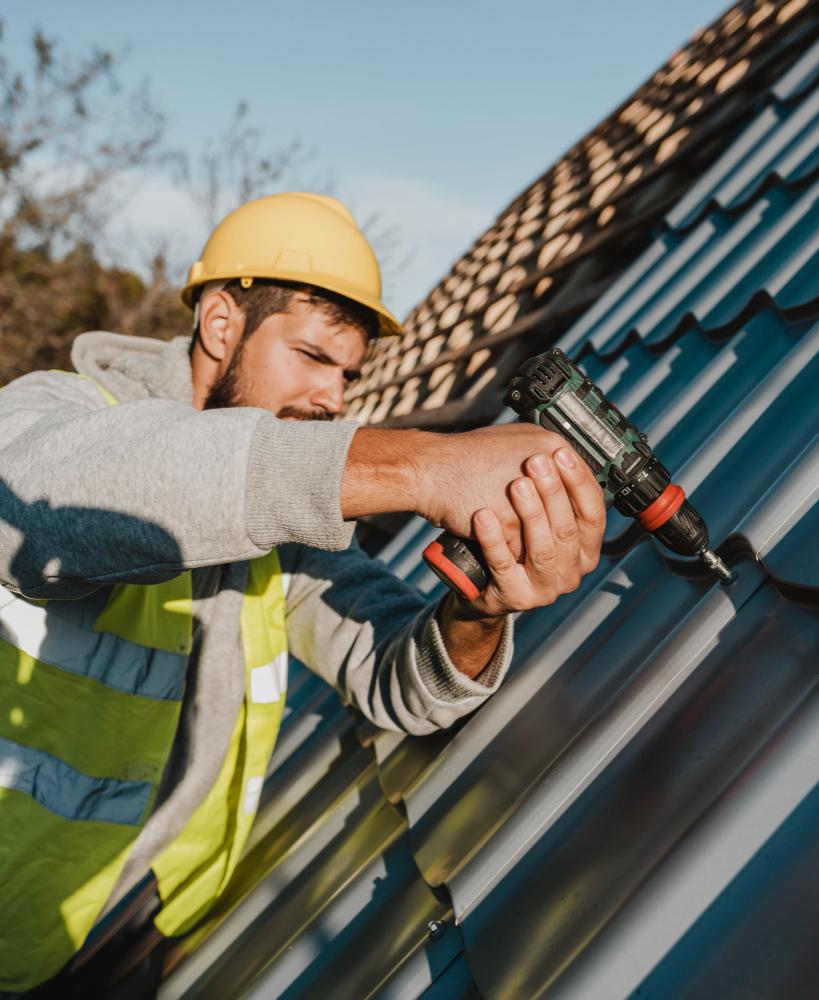Introduction:
Capping, also known as cladding, is a versatile and popular exterior finishing technique used to enhance the aesthetics and protect the surfaces of your home. This article explores the concept of capping, its diverse applications, materials, and the benefits it offers to homeowners.
Understanding Capping:
Capping refers to the practice of adding a protective layer to the existing exterior surfaces of a structure. This layer, typically made from materials such as aluminum, vinyl, wood, or composite, serves multiple purposes:
-
Enhancing Aesthetics: Capping can dramatically improve the visual appeal of your home. It allows you to change or enhance the color, texture, and overall look of various exterior elements, including windows, doors, and fascia.
-
Protection: The primary function of capping is to safeguard underlying surfaces from weather damage, pests, and general wear and tear. It forms a protective barrier that extends the lifespan of your home's exterior.
Applications of Capping:
-
Window Capping: Capping around windows, also known as window cladding, not only improves the appearance but also provides a protective layer against moisture and UV rays. It reduces maintenance needs and enhances energy efficiency.
-
Door Capping: Capping doors, especially exterior ones, offers similar benefits to window capping. It can also prevent rot and improve insulation.
-
Fascia Capping: Capping the fascia boards under the eaves of your roof enhances the overall look of the roofline and protects the wood from rot, insects, and the elements.
-
Soffit Capping: Soffit capping is a technique used to cover the underside of roof overhangs, adding to the visual appeal and protecting against moisture damage.
Materials for Capping:
Several materials are commonly used for capping, each with its unique properties:
-
Aluminum: Lightweight and resistant to corrosion, aluminum capping is popular for its durability and low maintenance requirements.
-
Vinyl: Known for its affordability and variety of color options, vinyl capping is an excellent choice for homeowners seeking a cost-effective solution.
-
Wood: Wood capping offers a classic, natural look and is often used in historic or traditional home renovations. It requires regular maintenance to prevent rot and warping.
-
Composite: A blend of wood fibers and plastic, composite capping combines the durability of plastic with the aesthetics of wood, offering a low-maintenance alternative to wood capping.
Benefits of Capping:
-
Enhanced Aesthetics: Capping can transform the look of your home, providing a fresh and modern appearance or preserving a traditional style.
-
Protection: Capping acts as a barrier against moisture, UV rays, and pests, reducing the risk of rot, decay, and damage to your home's exterior.
-
Low Maintenance: Capped surfaces require minimal maintenance, reducing the need for frequent repainting or refinishing.
-
Energy Efficiency: Proper capping improves insulation, reducing heat loss and potentially lowering energy bills.
-
Increased Home Value: A well-maintained and aesthetically appealing home exterior can boost your property's value and curb appeal.
Conclusion:
Capping is a versatile and practical technique that can enhance the aesthetics and protect your home's exterior. Whether you're looking to improve the appearance of your home or safeguard it from the elements, capping offers a range of benefits. Consider the different materials and applications to find the capping solution that best suits your home's needs and your personal preferences. With proper installation and maintenance, capping can be an excellent investment in your home's long-term protection and visual appeal.


